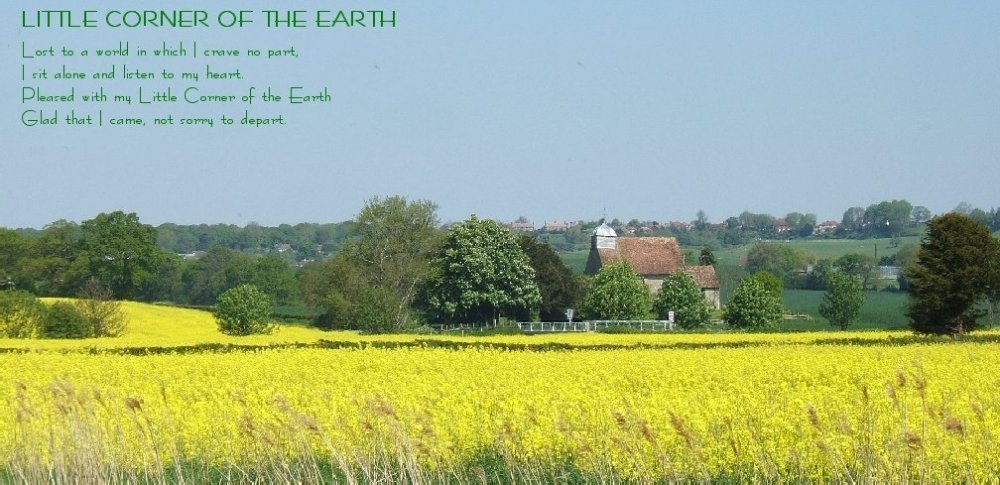 They say you either love Marmite or hate it. But for all you Marmite lovers out there they have just produced a trial run of Guinness flavoured. A "limited edition" only, just to see if it takes off. Sorry ex-pats, I think it will be confined to UK. But don't worry HHnB , Bro will be bringing a bottle with him to Oz!
They say you either love Marmite or hate it. But for all you Marmite lovers out there they have just produced a trial run of Guinness flavoured. A "limited edition" only, just to see if it takes off. Sorry ex-pats, I think it will be confined to UK. But don't worry HHnB , Bro will be bringing a bottle with him to Oz!Sunday, February 25, 2007
GUINNESS MARMITE
 They say you either love Marmite or hate it. But for all you Marmite lovers out there they have just produced a trial run of Guinness flavoured. A "limited edition" only, just to see if it takes off. Sorry ex-pats, I think it will be confined to UK. But don't worry HHnB , Bro will be bringing a bottle with him to Oz!
They say you either love Marmite or hate it. But for all you Marmite lovers out there they have just produced a trial run of Guinness flavoured. A "limited edition" only, just to see if it takes off. Sorry ex-pats, I think it will be confined to UK. But don't worry HHnB , Bro will be bringing a bottle with him to Oz!Wednesday, February 14, 2007
MEDITATION ON A DOOR LATCH
My favourite local cycling area, Romney Marsh, is littered with ancient mediaeval parish churches. Reflecting the social life and population rise and fall of these little marsh villages, they are a particular interest of mine. So much has changed. There are quite large churches where the village has all but disappeared. Why? Well, the low lying marshlands, in former times, were very unhealthy due to malaria (and you thought this was a tropical disease?) and the Black Death of 1350 AD completely ravaged these villages, decimating the populations.
This by way of an introduction to the church of St George at Ivychurch. A large church for a (now) small village (it is known as "The Cathedral of Romney Marsh), it is no longer used for general services, the village population being so small, but is lovingly preserved. The ancient floor tiles of the northern aisle have been heavily cracked or destroyed as a result of Oliver Cromwell's soldiers stabling their horses there during the English Civil War.
But it is the latch to the church door that I want us to examine. It is obviously very old - it could even be as old as the oak door, which is as old as the church (1360). How many times has this latch been lifted over the centuries? For the usual services, for the school which was held there in ancient times, in times of sadness (see The Black Death above!) and in times of joy (the church has chapels and corners dedicated to various saints, each of whom had a village society who each celebrated "their" saint with a feast day each year).
My late father-in-law was a master blacksmith and I worked for him for a number of years, so have an appreciation of iron work that is probably above the average. This latch would have been made by the local village smith - a man who would have been well-respected, as workers with the sacred iron had been since its original discovery. A general job - a latch for the new church door, but he worked at it carefully and decorated it proudly, according to the limits of his simple village craftsmanship. He must have touched his work and checked it out each time he entered the church (as I still do when I see wrought ironwork that I crafted over 40 years ago).
The iron would have been delivered to him as heavy "pigs", carried by pack horses (the Marsh roads being usually impassable to wagons) probably from the local Sussex iron mines. He would then have to heat a pig yellow-hot in the forge and chisel off a lump for his latch. This then would be re-heated, beaten, shaped and chisel-cut to form the latch length. Look carefully at the latch and you will be able to see that there are no machine or file marks on it - it has been shaped by hammer blows alone. See how he has fined it down ("drawing it" is the craftsman's term) so that it is thinner where it meets the spindle coming through from the outer door. Here it has been flattened by heat and hammer - it would have been easier to make this bit circular, but, pride in his work, he has lengthened out the tip to form a heart shape - a grace note.
Now turn your attention to the latch end. It could have been left plain and would have worked just as well. But here was a craftsman, proud of his standing in the village and of the work he would do for it and his church. He is a simple country fellow but wanted to give it his mark. Notice that these diagonals, dots and lines would not have been made with files, but, again, have been worked in the fire. The metal has been heated to red-hot and the decorations have been made with a hammer and chisel. You will know this because no metal has been removed from the latch. Where the chisel has struck downwards the metal has been pushed to either side, causing raised "cushioning".
A village craftsman, long forgotten. But allowed to live again for just a little while because of the work he has left behind. One of our forefathers, summed up beautifully in Edmund Blunden's poem.
Subscribe to:
Comments (Atom)


